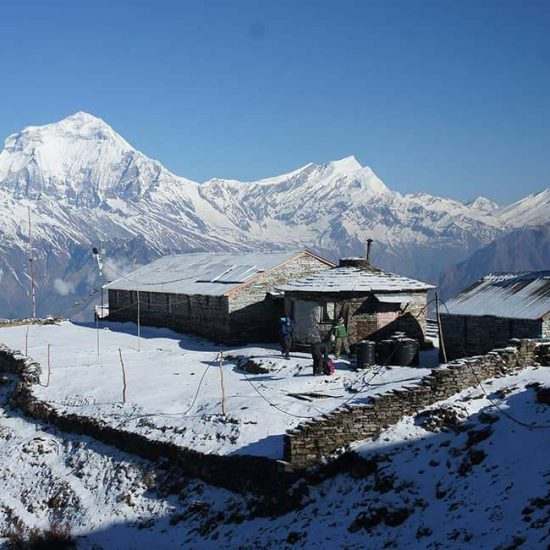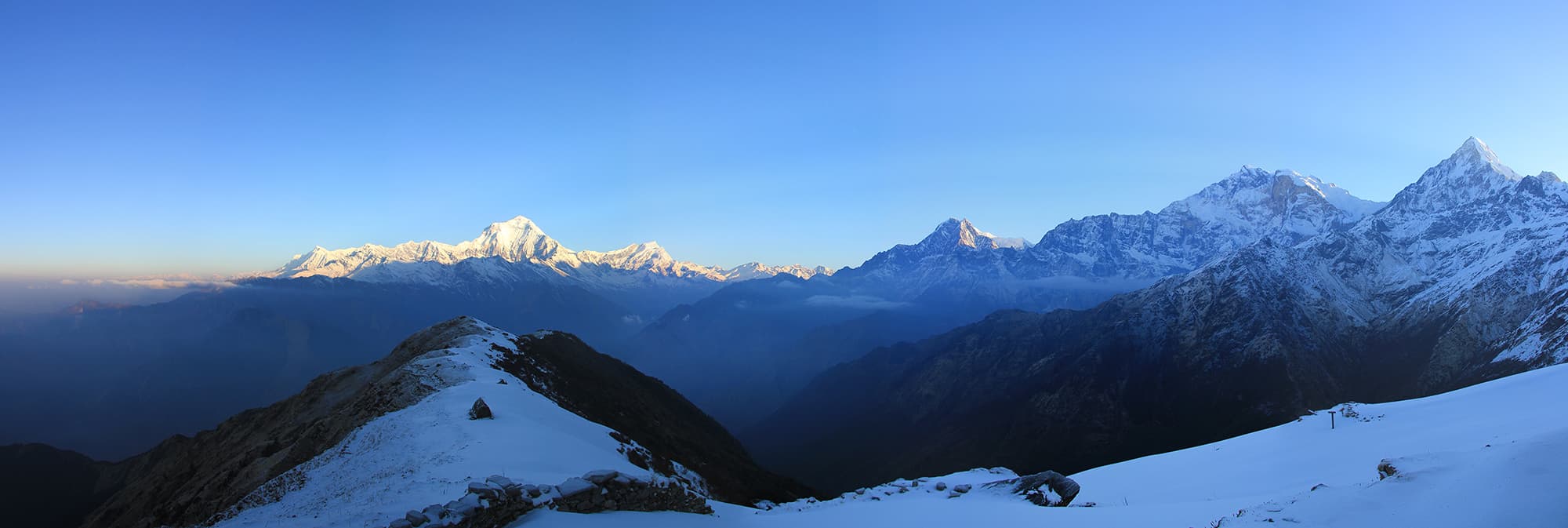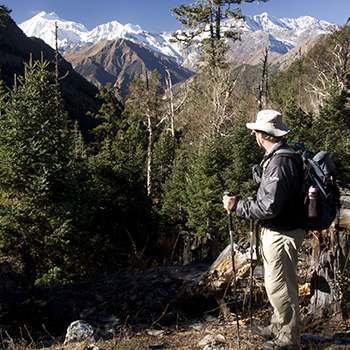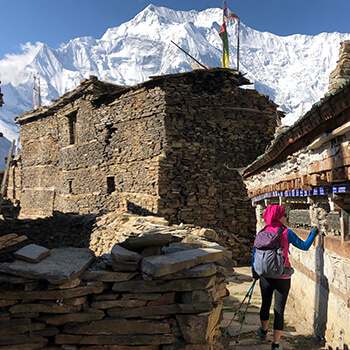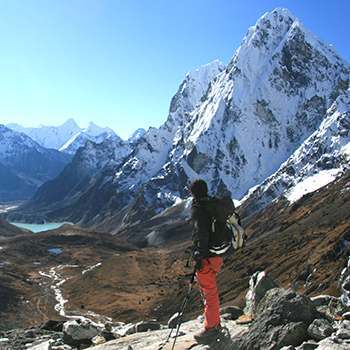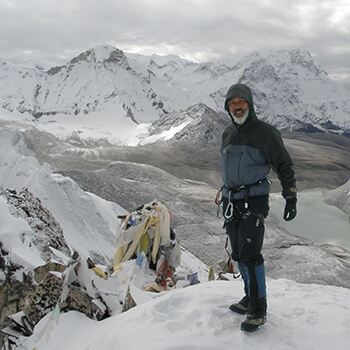Poon Hill and Kopra Ridge
Poon Hill and Kopra Ridge Trek
The Poon Hill and Kopra Ridge Trek combines the most popular trekking route in the whole Himalaya with a touch of remoteness, amazing views and some authentic local hospitality!
Poon Hill has been the most popular mountain trekking viewpoint for over 30 years and it still attracts hundreds of trekkers every day in peak season! For extra-close views of the Annapurnas and to escape the crowds, Kopra Ridge adds a wonderful contrast and a touch of cultural authenticity.
Key Points:
- Trekking Grade: Grade 2 (Poon Hill only) or Grade 3 (Poon Hill and Kopra Ridge)
- Duration & distance: About 4-9 days total
- Gradient: Short steep sections
- Quality of path: Formed track on natural surface
- Quality of markings: Signs at beginning, end and at major intersections
- Experience required: Some walking experience required
- Walking times: Less than 5½ hours per day
- Steps: Steps most days
- Highest point: 3651m
- Best season: Oct to Jun
- Accommodation: Camping & teahouses
- Recommended map: NP107 GHT Series Annapurna, Naar & Phu, Himalayan Map House, 2017
- Recommended Guide Book: Nepal Trekking and the Great Himalaya Trail, Trailblazer, 2020.

GRADE 2-3
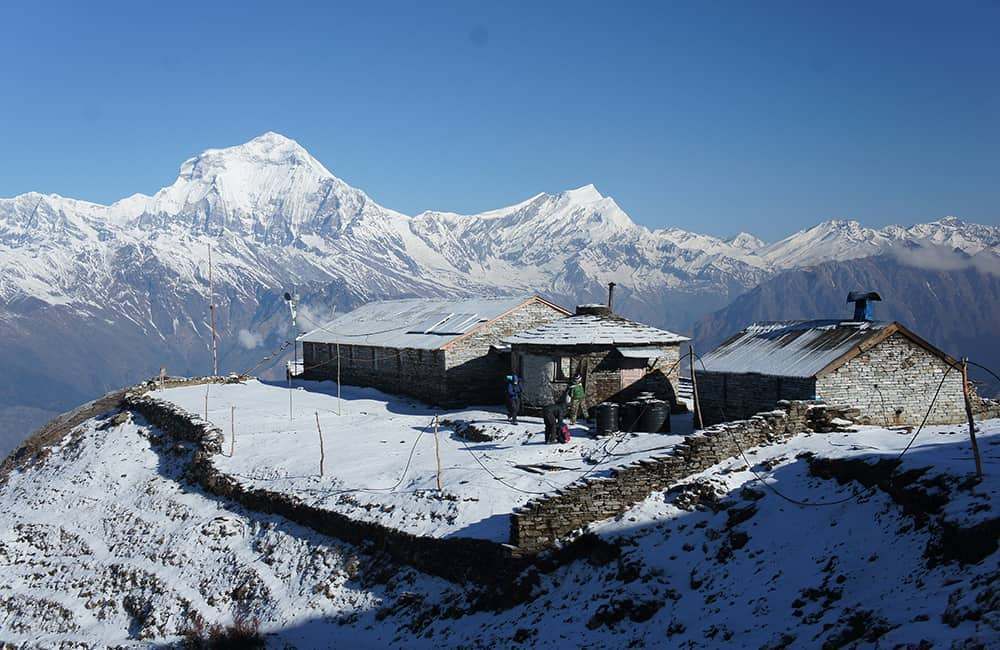
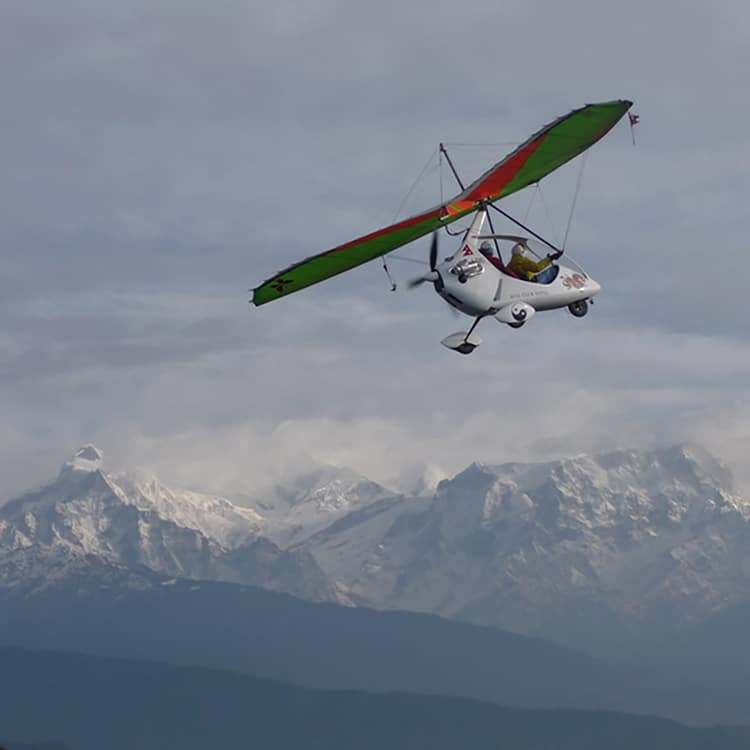
When to Trek to Poon Hill and Kopra Ridge?
This trek is along trails that lie to the south of the Annapurna Massif. This region has a typical monsoonal climate: a long rainy season from June/July through to the end of September and then a period of stable weather through to February. Later winter and spring storms frequently obscure the trail until the spring thaw in late March.
Poon Hill and Kopra Ridge Accommodation and Permits
All of the southern ridges and valleys of the Annapurna ranges are well serviced by teahouses and local lodges, so along the Poon Hill trail there are excellent teahouses. Kopra Ridge is a remote link trek to Poon Hill and accommodation options are limited but available every day. There are some remote and spectacular day and side trips that require camping equipment if you want to explore.
Once away from Ghorepani you can also stay at community-owned teahouses or small homestays, so you are both enjoying the mountains and helping to improve lives.
This trek is within the Annapurna Conservation Area Project (ACAP), which is the largest protected biodiversity area in Nepal. Local community groups are pushing hard for improved services and support from Kathmandu, and have invested heavily in tourism facilities. The more tourists are attracted to the area, the more value local communities will feel their natural environment has to offer, and therefore, the more likely they will help to preserve their region.
Please use local facilities and services where you can and try to encourage sustainable practices at all times.
As of August 2019, you will require the ACAP entry fee of NRs 3000 per person (foreigners), NRs 1000 (SAARC nationals) and NRs 100 (Nepali nationals).

Route Options
The fantastic mountain views from Poon Hill (note that without Kopra Ridge, this is a Grade 2 trek) attract thousands of trekkers every year and is an ideal introduction to Himalayan trekking.
For those who want a closer mountain experience Kopra Ridge (Kopra Danda) and the stunning ridge walk near Bayeli will sate your desire! The Kopra Ridge route is also a complete contrast to the often-crowded trails in and around Poon Hill.
How Much does the Poon Hill and Kopra Ridge Trek Cost?
To help you budget and plan, we’ve made a comprehensive costing explanation on How Much Does the GHT Cost? But here’s a simplified breakdown.
GHT Poon Hill and Kopra Ridge Trek for 9-days estimated costs:
- Solo as much as possible US$685.
- Twin-share with minimum guiding US$935 per person.
- Twin-share fully supported US$2,395 per person.
Do you have any questions about costs? Please Get in Touch for more details.
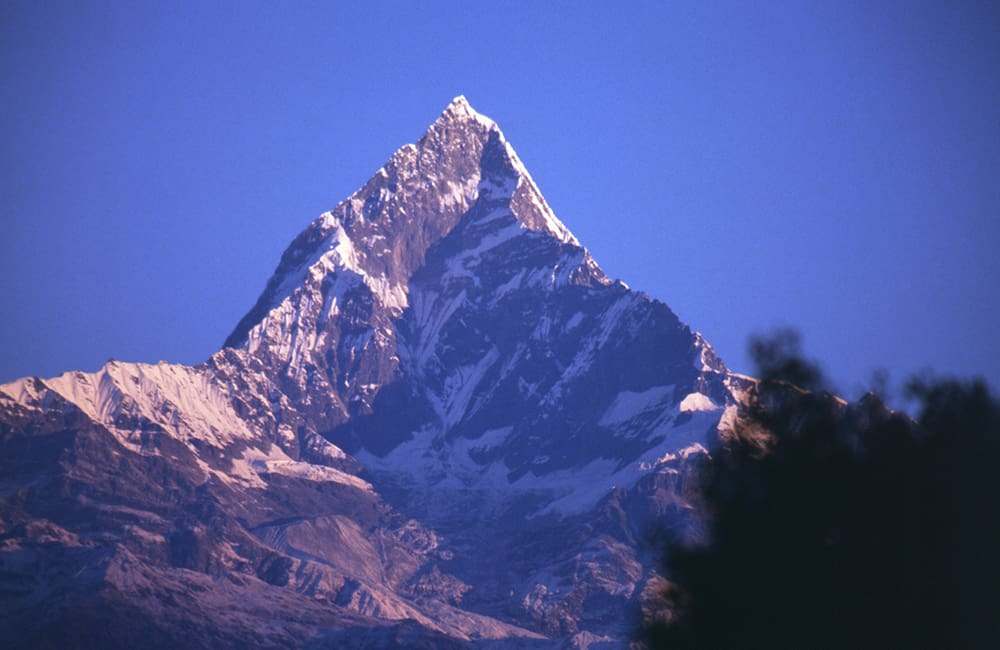
Customisation is Normal
Want to do things a little differently? Maybe take some extra time, or go a bit faster? Or avoid technical sections or combine with other trails? Every GHT trek is different and that changes the price, but please feel free to Get in Touch to ask questions and how to customise your own trek.
Bookings
Please note that www.greathimalayatrail.com does not handle bookings for treks. We are here to inform you about the trails and logistics, but you will need to book through a registered trekking operator in Nepal. If you would like an operator recommendation or feedback on a company you are already talking to, then please Get in Touch.
Your Impacts on the Poon Hill and Kopra Ridge Trek
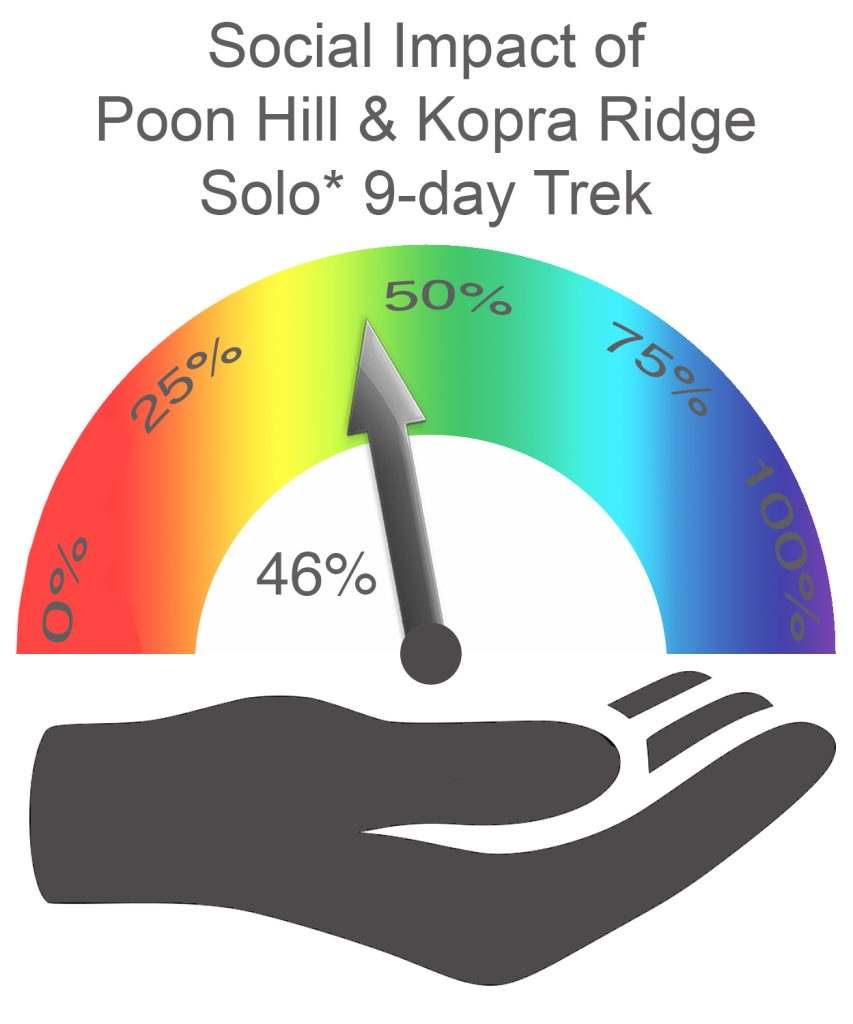
Solo (Independent)
You can improve your social impact by staying an extra day or two to enjoy the views and great hospitality.
Your low GHG and waste impacts are due to eating local. If you eat imported foods likes pasta, this will soon increase your footprint.
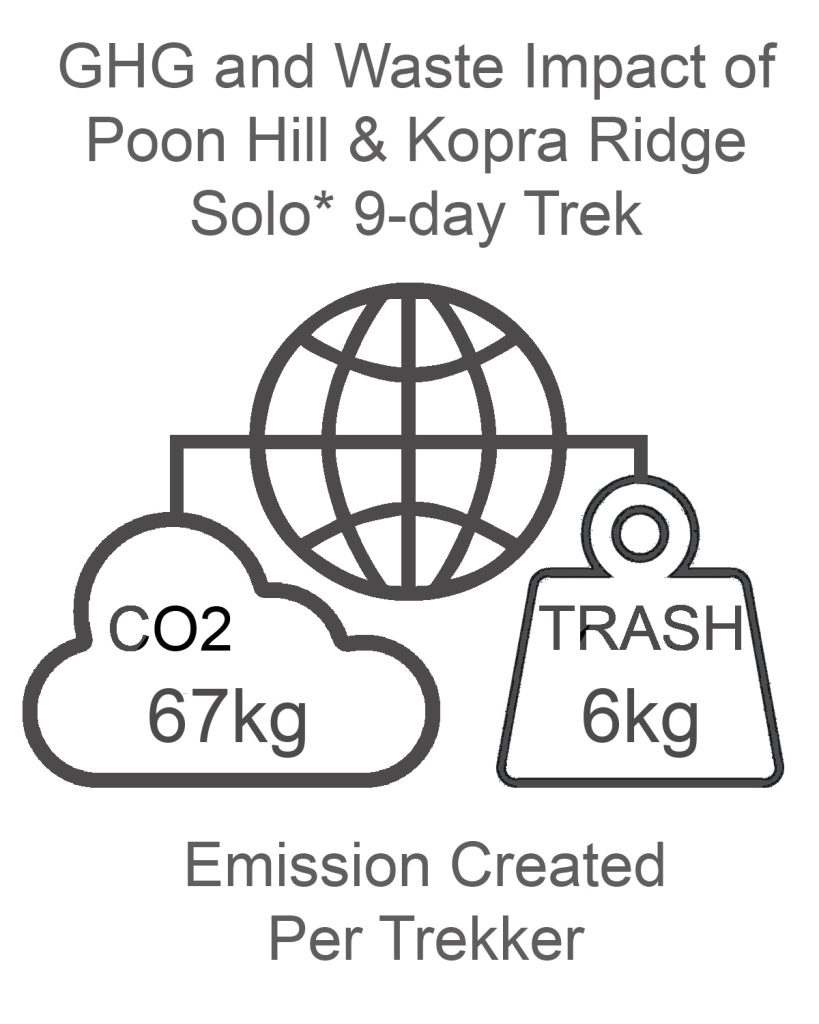

Twin Share (Independent)
Social impacts can be improved by staying a day or two longer. Plus use community owned rather than private teahouses and lodges.
Your light GHG and waste footprint is based on eating local food and not imported products like pasta.
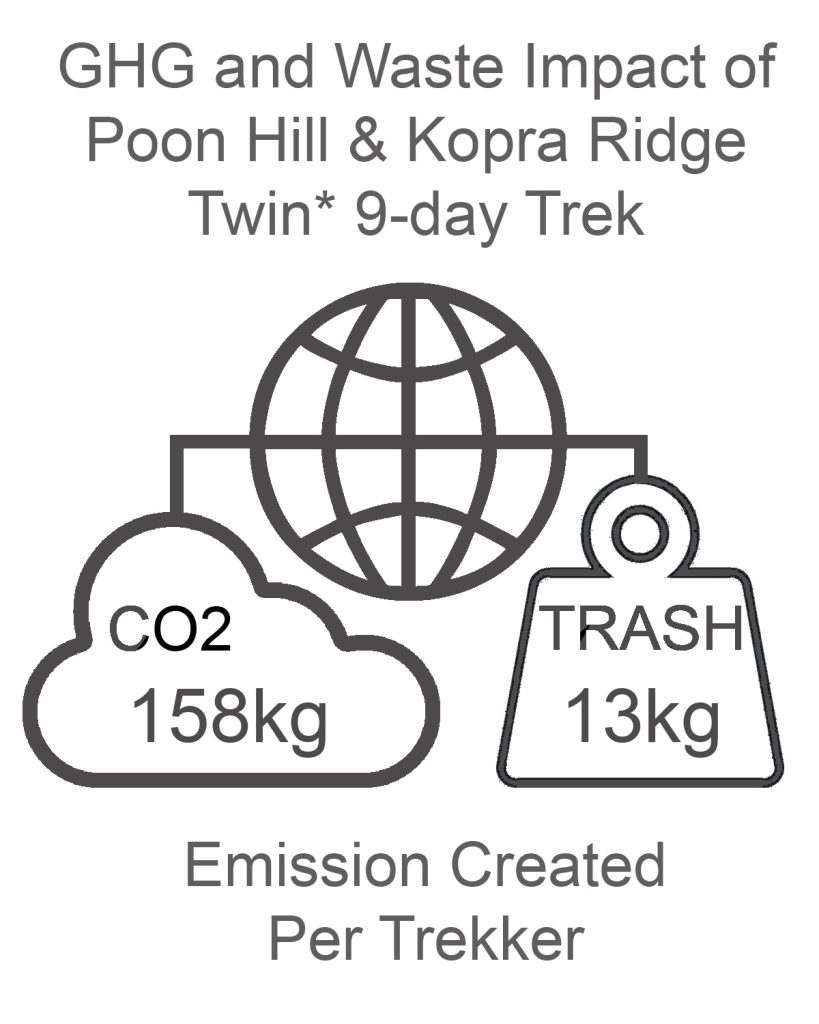
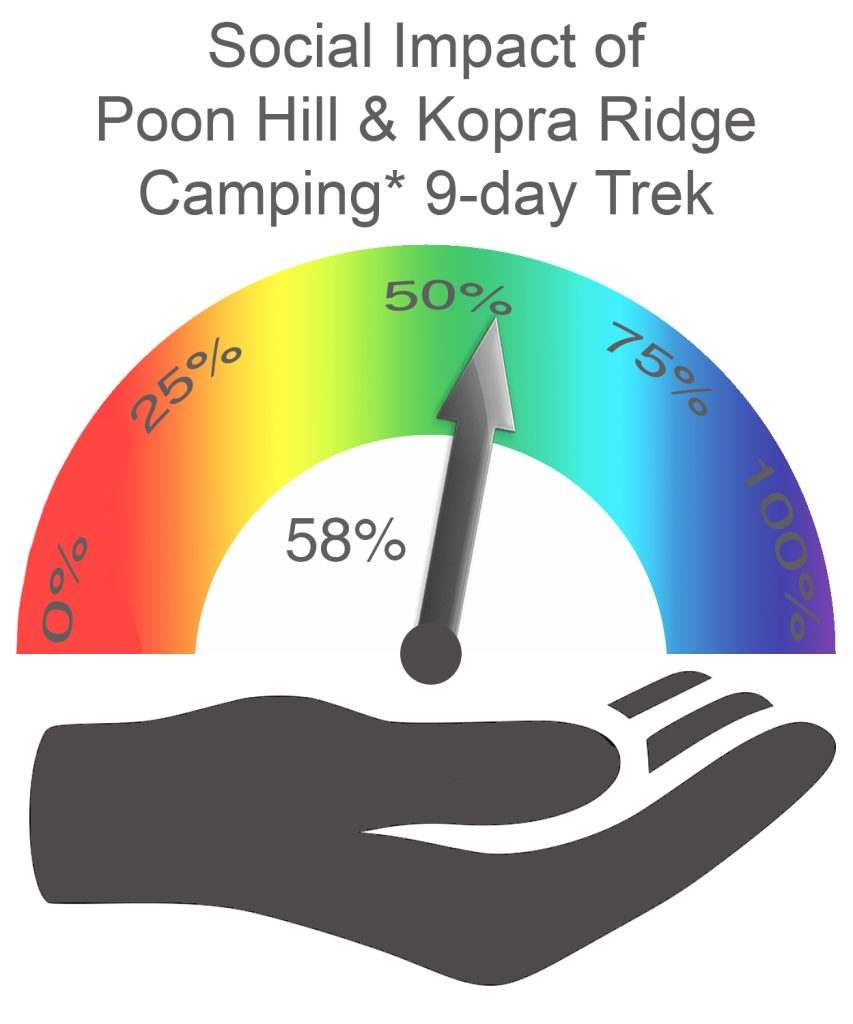
Camping (supported)
For a 9 day trek, these impacts are high and hard to justify.
Considering the low impact of solo or small group treks on this route, it makes no sense at all to go with a camping crew.
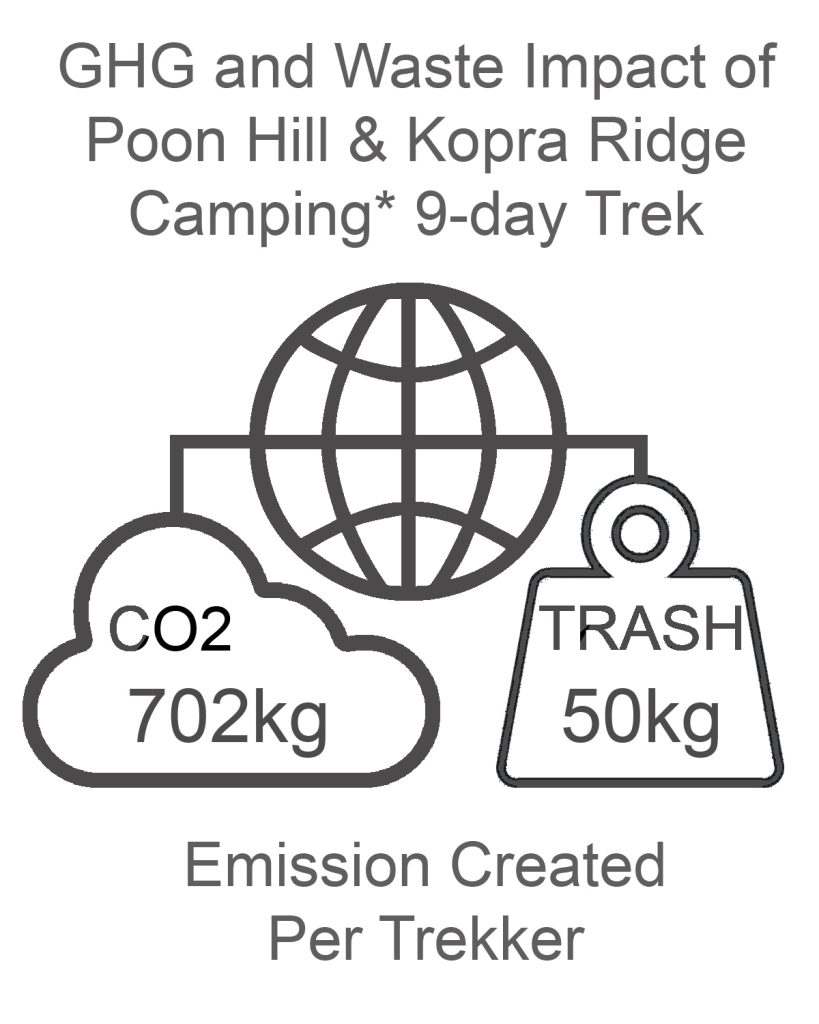
For more information about social, Green House Gas and waste impacts of treks, see The Impact of your Trek.
-
Destination
-
DepartureKathmandu
-
Dress CodeLow-altitude alpine clothing and camping equipment required
-
IncludedPoon Hill and Kopra Ridge
-
GradeGrade 2-3
-
Idea Date Range01/10/2021
-
Style of TrekTeahouse






